
The Professor reviews the Growatt Infinity 1300 with 1800w inverter, 1382wh LFP battery, 800w MPPT solar, and remote APP support at a best bang for the buck intro price.
WATCH IT HERE
Intro:
-
The Growatt Infinity 1300 is an upgraded 3000 cycle LiFePO4 version of the Infinity 1500 released last year. It seems to now have the battery tech and features most desire, But is it any good? Let’s find out!
Quirks & Features:
-
Battery Capacity/Tech/Cycles: 1382wh LiFePo4 rated over 3000 cycles to 80% capacity
-
Size/Weight: Its approximately 17 x 9 x11 and weighs in at just over 42lbs
-
Design/Display: Obviously designed around the Ecoflow Delta, the Growatt sports an attractive design with a built in smile, and a quality LCD display that shows input/output watts, time to charge/discharge, battery percent with icon, and a ton of built in indicators for various warnings
-
Inverter Size/Type (constant/peak) and #outlets: This Growatt has an 1800w pure sine inverter with 3600w surge from 4x 20A outlets on the side.
-
Ways To Charge (and times for each): It does offer the standard 3 ways to charge…
-
First by grid (or AC wall) power at a maximum of 1200w, also configurable within the app, and at that rate the Growatt can charge to 80% in just over an hour or under 2 hours to full.
-
Second by 12/24v vehicle which takes about 14 hours.
-
Finally, it supports up to 800w of solar through it’s MPPT controller with a surprisingly wide voltage range of 12v-100v at a maximum of 12A. At 800w you can top up the Growatt in about 2.5 hours.
-
-
12v Output Types: The Infinity offers a single 12v cigarette lighter socket rated at 10A, and a pair of 5521 barrel plug outputs and all are regulated at 13.2v
-
USB Output Types: As for USB outputs there are 6 total. You get a pair of standard USB outputs good for charging your dinosaurs, a pair of 18 QC ports, and a pair of 100w PD outputs. Note the power delivery ports are output only and can not be used to charge the Growatt.
-
Other Outputs: There is also a 15w wireless quick charging pad up top if your phone supports wireless charging
-
Other Features:
-
The Growatt does offer a basic 20ms UPS (or uninterruptable power supply) feature and we’ll demo that here in a bit.
-
Now because it does offer a UPS feature, it means up to 3 units can be chained together from the output of one to the input of another to essentially expand battery capacity. This does mean having the inverter running on each unit so it’s not really the most power efficient.
-
And while there is no built in flashlight good for flagging down UFO’s, Growatt does have their own app called “MyGro” that lets you remotely control the unit.
-
-
Warranty: Growatt has really upped their game on the warranty front and now offers a full 5 year manufacturer’s warranty on this product just like the other major players in this game.
Testing
-
DC Battery Capacity Test (time lapse): As for the DC capacity the results were 1139wh/1382 for a solid 82%.
-
AC Battery Capacity Test (time lapse): As for the AC capacity results it scored an amazing 1240wh/1382 or 90%. These numbers are a vast improvement over what the original Infinity 1500 scored and that AC result is in fact above industry average and beats out most other major players.
-
Sine wave check under load: 120/60
-
Inverter capacity test (max): 2500W <5s
-
Cooling ability test (rated @ 5mins): pass 1740w
-
Inverter fan noise db: 50
-
Max Charge Rate @ watts/volts: AC 800w (rated 1200w), DC 12v 100w, 18v 160w, 100v 730w (rated 800w)
-
Charging fan noise db: 48
-
Simultaneous charging ability: yes favors solar but doesn’t increase speed
-
Pass thru / UPS: UPS passed laptop test
-
DC Output(s) Max Rate: 10A
-
12v output(s) regulated: 13.2
-
USB output rate check: 100w x2 pass
-
Wireless/other output: pass quick charge
-
Amp interference test: pass
-
APP/solar test: demo
What do I think about it? :
-
What do I think about the Infinity 1300? I was very pleasantly surprised with the feature updates, testing results, and extended warranty compared to last year’s 1500 model. You now get a pair of 100w PD outputs instead of basic 60 watters, you get virtually 10-15% more usable power per kwh out of the much longer life LFP battery, its literally 10db quieter running off the inverter, and the bump from 2 years to 5 years for the warranty… wow. They certainly have come a long way in a half year of development.
-
I think this Growatt fits a perfect size niche for a lot of users as well. While its no lightweight Jackery, 42lbs is a tossable weight for most adults and you have to remember this has an inverter than can run just about any 120v household appliance off the grid. It also has a true 20ms UPS feature and a clean output inverter making this one of the most well rounded midsize power stations out there.
-
That being said, I’m trying pretty hard here to come up with some negatives for the 1300 but can’t really think of any. Probably my only gripe is that charging speeds are too sensitive to battery temperature. If you discharge the unit at all and then try to charge it you’ll get 800w at best instead of the advertised 1200w. Of course it is missing a couple of “nice have” features such as bi-directional USB charging, an expandable battery option, and a built in lantern. But these would all up the price past the $999 sweet spot so it was actually smart for Growatt not to include them.
Pricing and competition
-
Product Price with current discounts:
-
Launch price for the Growatt 1300 is $999 which works out to only 55 cents per watt or 72 cents per watt hour. This certainly puts it into the lower priced spectrum for all the features you’re getting. Of course there is an exclusive discount code for viewers of HOBOTECH that will knock a few more bucks off that already low price.
-
-
Main Competitor:
-
The nearest modern competition is probably the Ecoflow Delta 2. Both products do have a lot in common including the $999 list price. However, the Delta 2 has more than 25% less battery capacity and only accepts 500w of solar up to 60v vs the Growatt’s 800w of solar up to 100v. With everything else being pretty much the same, the clear winner by a long shot is the Growatt.
-
-
Recommended Solar Panel Type/Size:
-
Since the Growatt supports up to 800w of solar within a wide voltage range up to 100v and 12A. This lets you use just about any panels you want. If you need portable panels I’d go with the 200w Growatt panels. You can run 4 of those in series to max out this unit. If you want a more permanent solution, I’d recommend the BougeRV or Renogy panels which can be found on hobotech.tv/amazon under “solar kits”.
-
-
If you’re interested, use this link and code HOBOFANS at checkout for the best price online!
GROWATT INFINITY 1300
1800w LFP Power Station
Use code HOBOFANS
GO TO GROWATT
ICECO APL55 58qt
Multi Zone Fridge
Use code HOBOTECH
GO TO ICECO
EcoFlow River 2 Pro
800w UPS Generator
Use code EFHOBOTECH8
GO TO ECOFLOW
Jackery 3000 Pro
3000w UPS Generator
Use code HOBOTECH2023
GO TO JACKERY
Growatt Vita 550
600w Solar Generator
Use code OLHOBOFANS
GO TO GROWATT
Growatt Infinity 1500
2000w Solar Generator
Use code HOBOSFANS
GO TO GROWATT
Bluetti PV420 420w
Portable Solar Panel
Use code HOBOPV420
GO TO BLUETTI
Dr. Prepare 100ah
LiFePO4 PowerMax Battery
Use code HOBO7
GO TO DR PREPARE
Power Queen 190ah
LiFePO4 Drop In Battery
Use code HOBO9 for $605 offer
GO TO POWER QUEEN
Vigorpool Captain 1200
UPS LFP Parallel SoGen
GO TO VIGORPOOL
ZENDURE SBP 2000
SOLAR GENERATOR
$100 OFF code HOBOSBP
GO TO ZENDURE
BLUETTI EB3A UPS
SOLAR GENERATOR
Use code HOBOEB3A
GO TO BLUETTI
RUNHOOD POWER
MODULAR GENERATOR
GO TO RUNHOOD
ECOFLOW WAVE
BATTERY POWERED A/C
Use code HOBOTECHWAVE
GO TO ECOFLOW
RENOGY LYCAN 5000
4800wh UPS Waterproof
Solar Generator
12% off with code HOBOLYCAN1
GO TO RENOGY
—
GOT RENOGY SOLAR PANELS?
Renogy 450w solar panels: https://hobos.cc/ren450
Renogy 175w solar panels: https://hobos.cc/ren175
Use code HOBOPANEL for 10% off
ACOPOWER
LiON Mini Fridge
$226 Super Early Bird!
GO TO ACOPOWER
BougeRV 1200w
1100wh SoGen
$719 code HOBOTECH10
GO TO BOUGERV
Jackery 2000 Pro
2200w UPS SoGen
$2069 code HOBOTECH
GO TO JACKERY
ICECO JPPRO 12v Fridge
Only $479 for a limited time!
GO TO ICECO PAGE
PECRON E3000 3108wh
Only $1899 for a limited time!
Use code HOBOE3000 until May 7th
GO TO PECRON SITE
BIGBLUE CELLPOWA 2500w
Only $1099 for a limited time!
GO TO BIGBLUE SITE
BLUETTI EP500 PRO
See the review?
GO TO BLUETTI POWER SITE
//-AC300 & B300 Deals-//
B300 (solo) Use code HOBOB300 https://bit.ly/3hyROWi
AC300+B300 Use code HOBOAC3001B https://bit.ly/398DDm1
AC300+2xB300 Use code HOBOAC3002B https://bit.ly/3Aq3OAs
AC300+2xB300+3xPV200 Use code HOBOAC300COMBO2 https://bit.ly/3tJHFuD
2xAC300+2xB300+P030A Use code HOBOAC300COMBO1 https://bit.ly/3lpWoXU
AC300+4xB300 Use code HOBOAC3004B https://bit.ly/3tVd1Pb
2xAC300+4xB300+P030A Use code HOBOAC300COMBO3 https://bit.ly/2Xmd8XL
2xAC300+4xB300+6xPV200+P030A Use code HOBOAC300COMBO4 https://bit.ly/2XmDDfp
//-AC200Max & B230 Deals-//
B230 (solo) Use code HOBOB230 https://bit.ly/3EiO4Sk
AC200MAX Use code HOBO200MAX https://bit.ly/3EiOBni
AC200Max+B230 Use code HOBOMAXB230 https://bit.ly/3znZzEB
AC200Max+3PV200 Use code HOBOMAX3PV2000 https://bit.ly/39b8lLs
AC200Max+2*B230 Use code HOBOMAX2B230 https://bit.ly/3k9D7ue
AC200Max+2*B230+3*PV200 Use code HOBOMAXCOMBO https://bit.ly/3kb2A6w
//-AC200P-//
AC200P Use code HOBO200P https://bit.ly/3JSgGDR
AC200P+3xPV120 Use code AC200PV120 https://bit.ly/3555Yes
AC200P+3xPV200 Use code AC200PV200 https://bit.ly/3t9pPBg
//-UNDER 1000w-//
AC50S Use code HOBO50 (or HOBO50OR) https://bit.ly/3skt7me
EB55 Use code HOBO55 https://bit.ly/3hfqw6x
EB70S Use code HOBO70S Use code HOBO100 https://bit.ly/3C311iF
EB150 Use code HOBO150 https://bit.ly/3pgyr85
EB240 Use code HOBO3000 https://bit.ly/3Ka7drZ
EB55+PV120 Use code PVEB55 https://bit.ly/3BMIpDn
EB70S+PV200 Use code EB70S30 https://bit.ly/3sfYu1c
EB150+2xPV120 Use code EB150PV120 https://bit.ly/3t7PmuM
EB240+2xPV120 https://bit.ly/33OMk61
//-SOLAR PANELS-//
PV120 Use code HOBO100 https://bit.ly/3LZXAO3
PV200 Use code HOBO200 https://bit.ly/3vgmjrq
PV350 Use code HOB350 https://bit.ly/3hIr1Gs
//-ACCESSORIES-//
DC Charging Enhanncer(D050S) Use code HOBOENHANCER https://bit.ly/2Xs3mnd
Fusion Box Pro(P030A)Use code HOBOFUSION https://bit.ly/3AcUQqs
PV voltage step down module(D300S) Use code HOBOD300S https://bit.ly/3nByuv1
D050S+3*PV200+B230 Use code HOBOENHCOMBO1 https://bit.ly/3nzNKJ9
D050S+3*PV200+B300 Use code HOBOENHCOMBO2 https://bit.ly/2XhAuh1
–ALLPOWERS MONSTER PRO–
5000wh UPS LFP SOGEN
Only $3399 for a limited time!
That’s 67 cents per watt hour! Cheap!
GO TO ALLPOWERS SITE
OUPES 1200w Solar Generator
Only $765 for a limited time!
Use Code HOBOTECH for 15% off SITE WIDE
GO TO OUPES SITE
GET THE BLUETTI AC200P at the LOWEST PRICE EVER!
BLUETTI AC200P 2000wh LiFePO4
Only $1498 from BLUETTI
https://bit.ly/2T3xMJK
Use Code HOBO200P
or purchase from Amazon + tax support & Bezos Yacht Fund
PLEASE SUPPORT US BY BUYING DIRECT FROM BLUETTI
BEZOS DOESN’T NEED ANOTHER YACHT!
MONTEK X-1000 Water Resistant 1000w SoGen
MONTEK X-1000 (with 80w panel): http://shrsl.com/3cm8o use code HOBO1000 for $100 off!
ACOPower LiONCooler Pro Solar Fridge
https://bit.ly/3Dp5hYH
ANKER 521 256wh LFP Power Station
https://amzn.to/3nZUT51
BLUETTI AC300
3000w Solar Generator
“BEST SOGEN AVAILABLE IN 2021!”
ON SALE NOW!
Use the codes / links below!
//-AC300 & B300 Deals-//
B300 (solo) Use code HOBOB300 https://bit.ly/3hyROWi
AC300+B300 (review bundle) Use code HOBOAC3001B https://bit.ly/398DDm1
AC300+2xB300 Use code HOBOAC3002B https://bit.ly/3Aq3OAs
AC300+2xB300+3xPV200 Use code HOBOAC300COMBO2 https://bit.ly/3tJHFuD
2xAC300+2xB300+P030A Use code HOBOAC300COMBO1 https://bit.ly/3lpWoXU
AC300+4xB300 Use code HOBOAC3004B https://bit.ly/3tVd1Pb
2xAC300+4xB300+P030A Use code HOBOAC300COMBO3 https://bit.ly/2Xmd8XL
2xAC300+4xB300+6xPV200+P030A Use code HOBOAC300COMBO4 https://bit.ly/2XmDDfp
//-AC200Max & B230 Deals-//
B230 (solo) Use code HOBOB230 https://bit.ly/3EiO4Sk
AC200MAX Use code HOBO200MAX https://bit.ly/3EiOBni
AC200Max+B230 Use code HOBOMAXB230 https://bit.ly/3znZzEB
AC200Max+3PV200 Use code HOBOMAX3PV2000 https://bit.ly/39b8lLs
AC200Max+2*B230 (review bundle) Use code HOBOMAX2B230 https://bit.ly/3k9D7ue
AC200Max+2*B230+3*PV200 Use code HOBOMAXCOMBO https://bit.ly/3kb2A6w
//-Other Models-//
AC200P 2000wh https://bit.ly/2T3xMJK use code HOBO200P
EB70 700w LiFePO4 https://bit.ly/2SfeEIK use code HOBO70
EB55 700w LiFePO4 https://bit.ly/3CmRHFq use code HOBO55
AC50s 500wh https://bit.ly/3uNec1O use code HOBO50
AC50s (orange) https://bit.ly/2T1TUEx use code HOBO50OR
EB240 2400wh https://bit.ly/3cjMseB use code HOBO3000
EB150 1500wh https://bit.ly/3plw3vL use code HOBO150
//-Solar Panels-//
BLUETTI PV200 200w Solar Panel https://bit.ly/31b1n8o use code HOBO200
BLUETTI PV120 120w Solar Panel https://bit.ly/3Emrtn8 use code HOBO100
//-Accessory Deals-//
DC Charging Enhanncer(D050S) Use code HOBOENHANCER https://bit.ly/2Xs3mnd
Fusion Box Pro(P030A) Use code HOBOFUSION https://bit.ly/3AcUQqs
PV voltage step down module(D300S) Use code HOBOD300S https://bit.ly/3nByuv1
D050S+3*PV200+B230 Use code HOBOENHCOMBO1 https://bit.ly/3nzNKJ9
D050S+3*PV200+B300 Use code HOBOENHCOMBO2 https://bit.ly/2XhAuh1
HIBOOST BOOSTERS!
-> https://bit.ly/3DLf0Kn <-
Use code HOBO20 for 20% off the OTW, RV, and Car boosters.
Use code HOBO15ALL for 15% off everything else SITE WIDE! (including home boosters!)
NEW BLUETTI AC200Max !
AC200Max: use code HOBO200MAX https://bit.ly/3mjdKIa
AC200Max+B230: use code HOBOMAXB230 https://bit.ly/3xZJCUg
AC200Max+2*B230: use code HOBOMAX2B230 https://bit.ly/3z3L8Gh
AC200Max+2*B230+600w solar: use code HOBOMAXCOMBO https://bit.ly/3D1SEUr
AC200Max+600w solar: use code HOBOMAX3PV2000 https://bit.ly/2WbTMnS
BROWSE OTHER DEALS: https://bit.ly/3ydwhId
SUNGOLDPOWER 130w v.2 Suitcase Kit
is BACK !
Use code HOBOTECH at checkout
GET IT AT SUNGOLDPOWER
Watch the original V.1 review video HERE
Amazon (no discount): https://amzn.to/3iJFRht
JACKERY EXPLORER 1000
GET IT AT JACKERY (save tax)
use code HOBOTECH at checkout!
Amazon: https://amzn.to/38TEJiR
CANADA https://amzn.to/3d7ll5g
PLEASE SUPPORT US AND NOT BILLIONAIRES BY BUYING DIRECT!
ECOFLOW DELTA PRO
3600w LiFePO4 UPS Power Station
CHECK IT OUT HERE
ICECO Refrigerators
->CLICK HERE for BEST DEALS!<-Use code HOBOTECH at checkout!
BOUGERV DEALS!
BOUGERV 180w Solar Panels
Use code HOBOTECH at checkout for 12% off the ENTIRE Solar Catalog!
Get BOUGERV 180 WATT SOLAR PANELS HERE
BougeRV Cheap REFRIGERATORS!
Use code HOBOTECH20 for 20% off all models!
53qt use code HOBOTECH90 for $90 off!
BUY DIRECT FROM BOUGERV
Wanna buy Bezos another Yacht instead?
53qt (Canada) https://amzn.to/332dgeX use code V7DIVCAB
The 5100wh Home Backup BEAST!
BLUETTI EP500 / EP500 PRO
GET IT NOW
JACKERY EXPLORER 1500
GET IT AT JACKERY (save tax)
Amazon +tax: https://amzn.to/3sUvbyU
PLEASE SUPPORT US AND NOT BILLIONAIRES BY BUYING DIRECT!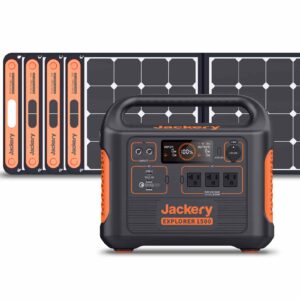
JACKERY SG1500 + 4x100w Panels
GET IT AT JACKERY (save tax)
on Amazon +tax: https://amzn.to/3rQCFld
PLEASE SUPPORT US AND NOT BILLIONAIRES BY BUYING DIRECT!
BLUETTI EB70 700w Solar Generator
Use Code HOBO70 for $100 off
GET IT AT BLUETTI (save tax)
Only red & gray available. Mint green is sold out.
PLEASE SUPPORT US AND NOT CORPORATE BILLIONAIRES BY BUYING DIRECT.
AMAZON TAKES UP TO 25% FROM SELLERS!
HIBOOST RV BOOSTER
GET IT AT HIBOOST
Use code HOBO20 for 20% OFF all mobile units!
JACKERY 300 Version 2.0!
Get it at the new low price of $299!
Jackery Direct (save tax) https://bit.ly/2QEQ9AB
On Amazon (+tax): https://amzn.to/3lCbbhl
PLEASE SUPPORT US BY BUYING DIRECT FROM JACKERY
BEZOS DOESN’T NEED THE HELP!
ALP 1000w Generator + Free Tank Hose
Get the ALP in several color choices for $499
1) Add generator to cart: ALP Generator
2) Add hose to cart: Generator Hose
3) Use code HOBO1020 at checkout!
ECOFLOW DELTA 1300 $1149
EcoFlow Store Page!
Use code EFHOBOTECH50 !
BLUETTI AC50S Solar Generator
— ->CLICK HERE for BEST DEAL!<- —
Use code HOBO50
Or buy on Amazon: https://amzn.to/36fwWg0
ICECO JP Series Refrigerators 20% OFF!
— ->CLICK HERE for BEST DEAL!<- —
Use code HOBOTECH at checkout!
HIBOOST 4G Signal Boosters
–> CLICK HERE FOR BEST DEAL! <–
Use code 2CX3RBZJ for 10% off SITE WIDE!
NEW! Use code XRMJT8WE for 20% off RV CELL BOOSTER!
ACOPOWER LiONCooler: https://www.acopower.com/
Use code HOBOTECH at checkout for 10% off!
SUNGOLDPOWER 130w Suitcase Kit is BACK
for $208! Use code 15HOBOTECH
Watch the original review video HERE
–> CLICK HERE for Amazon Page <–
Using the preferred “Best Deal” links helps support the channel!
Visit hobotech.tv/amazon for ALL products and discounts!
HOBOTECH is viewer supported. When you buy through these links we may earn an affiliate commission. As an Amazon Associate I earn from qualifying purchases.
#reviews #generators #offgrid

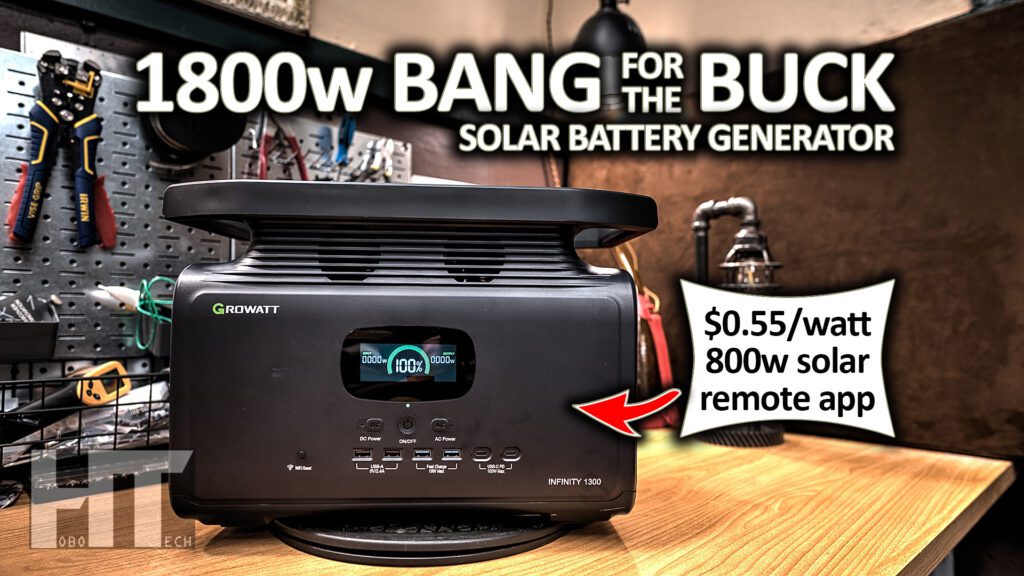


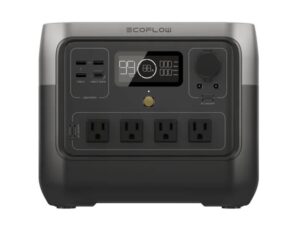
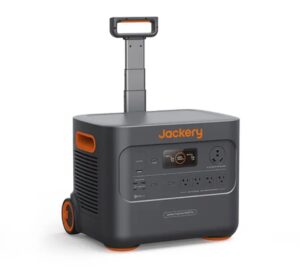
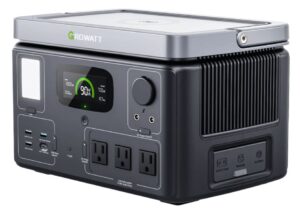
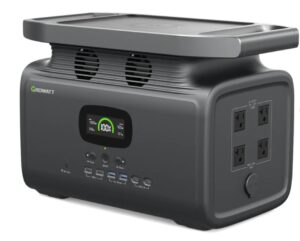

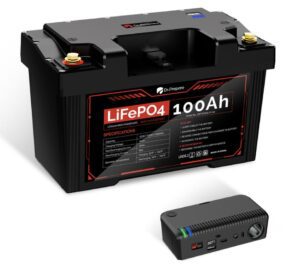
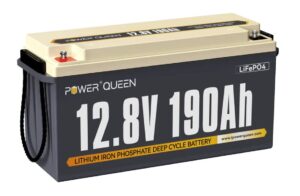
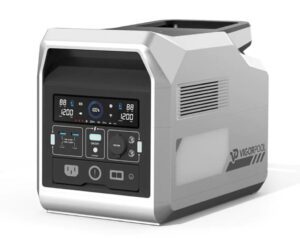
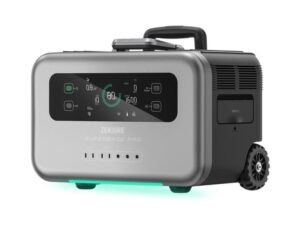
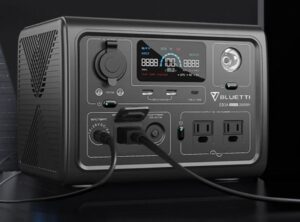

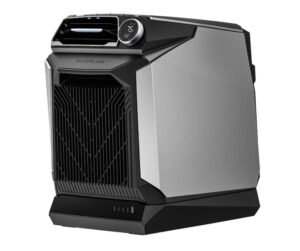
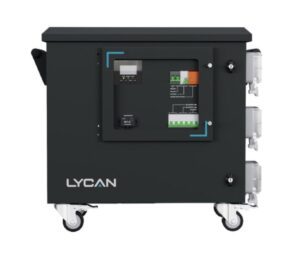
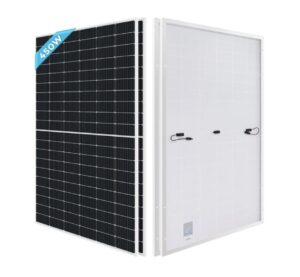
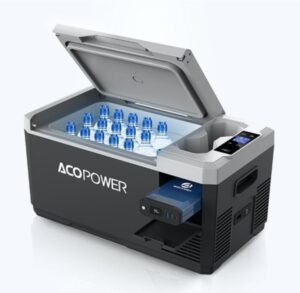
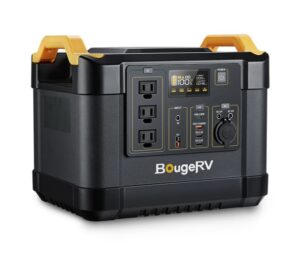
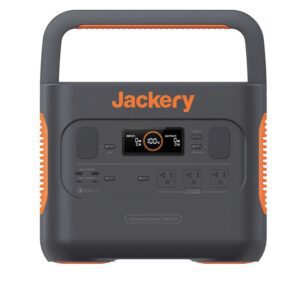


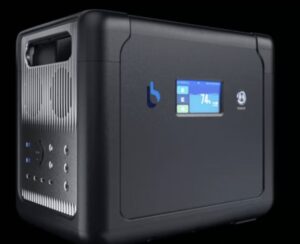

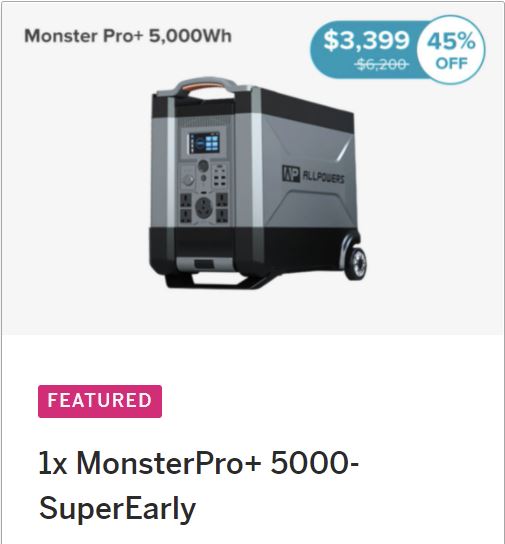
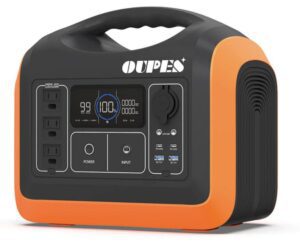
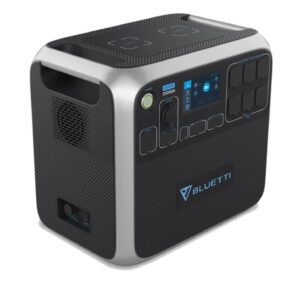
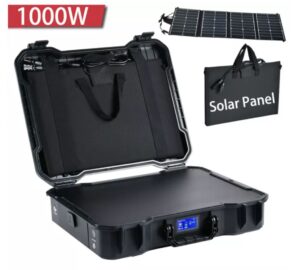


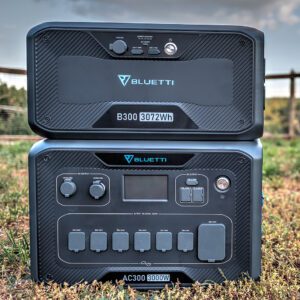
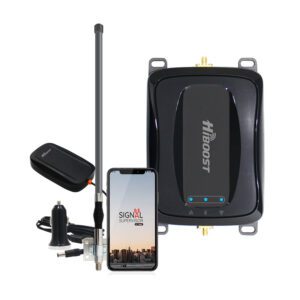
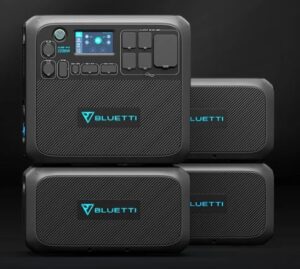
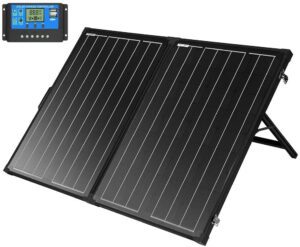

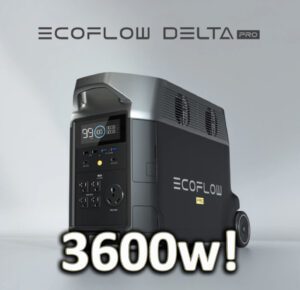
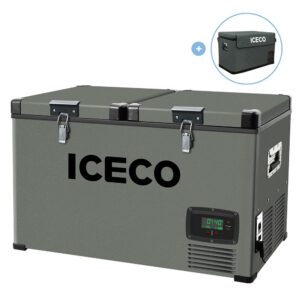
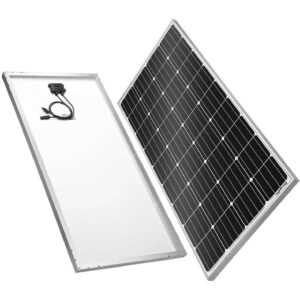

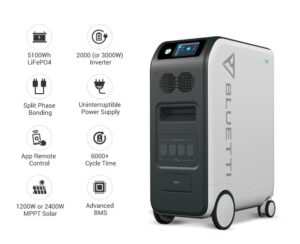
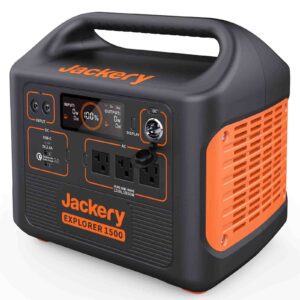
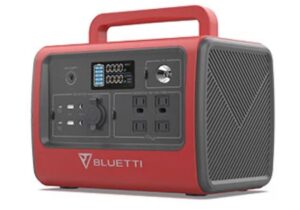
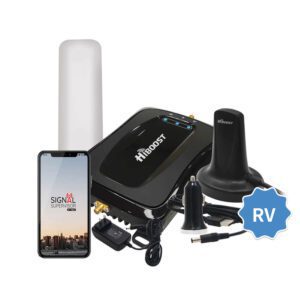

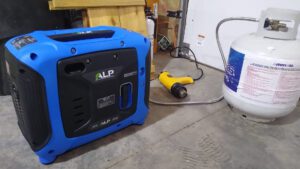
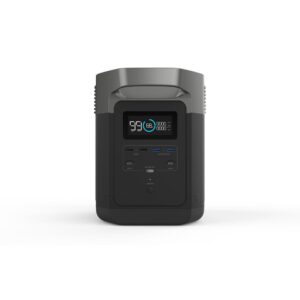




You must be logged in to post a comment.